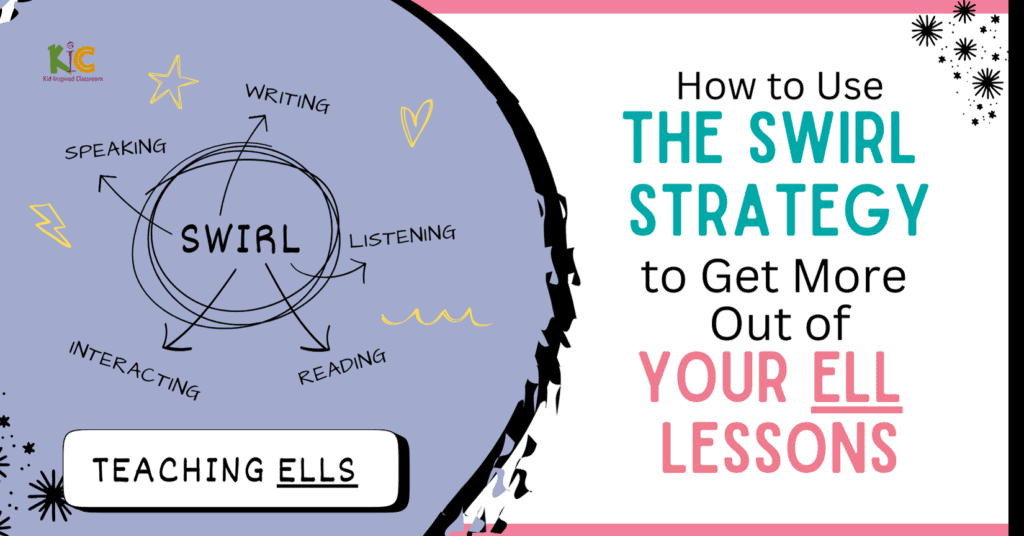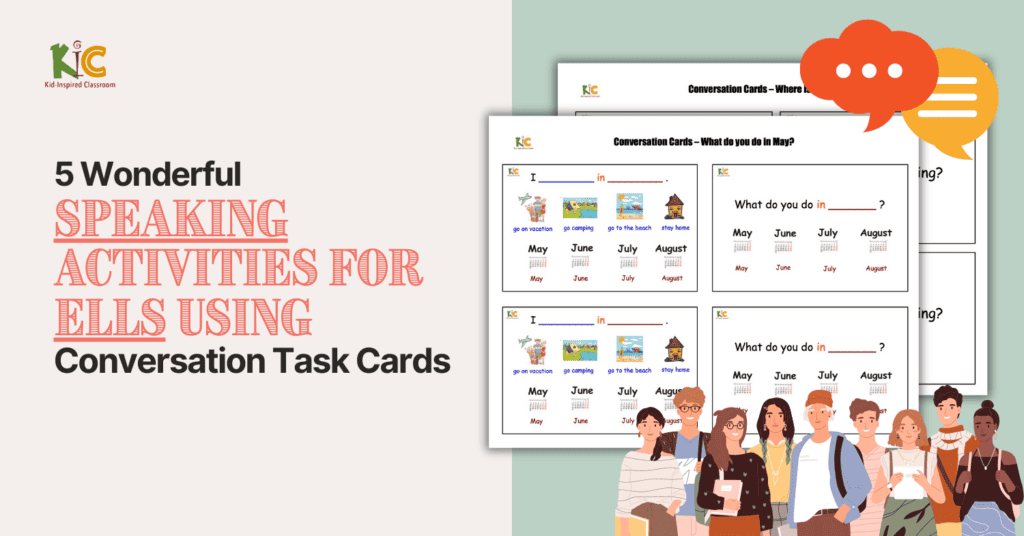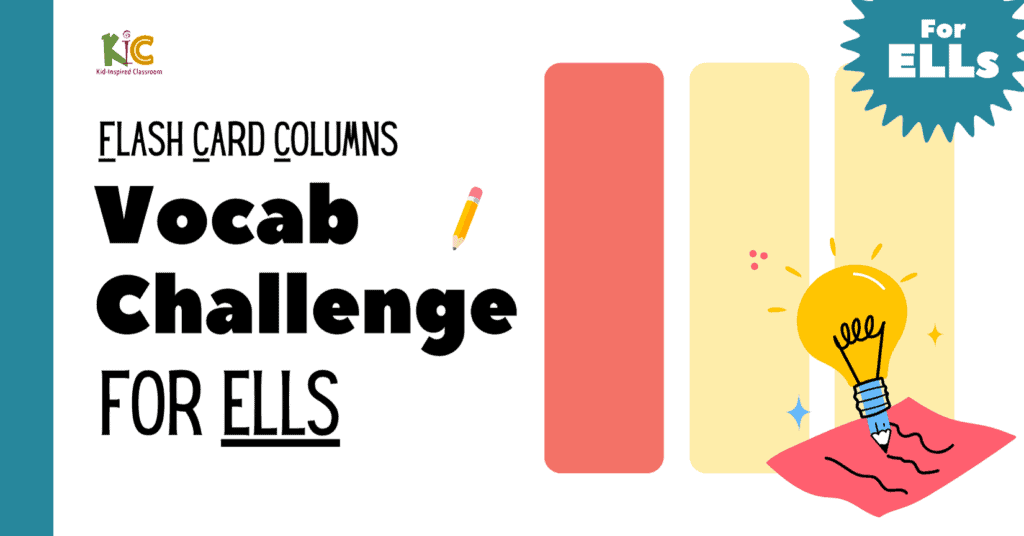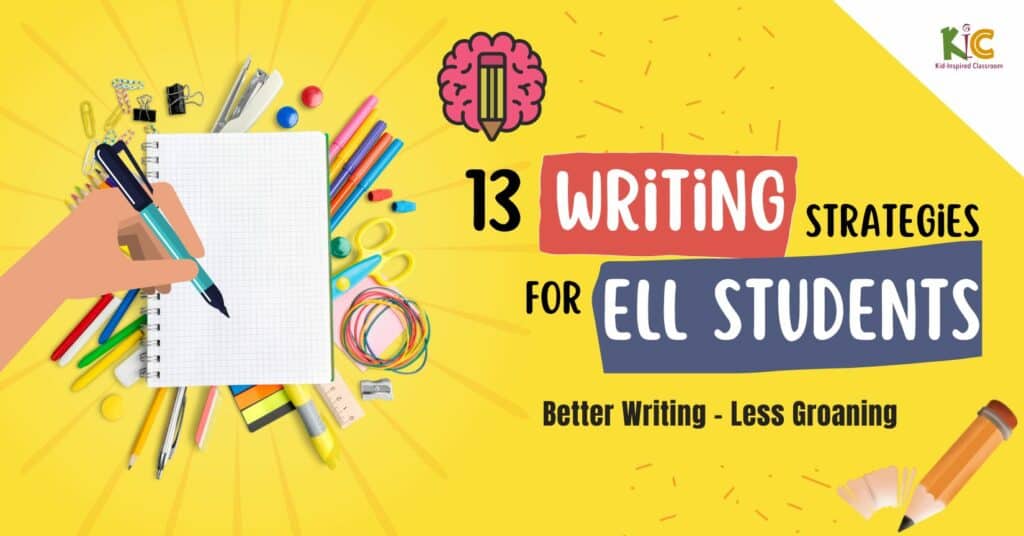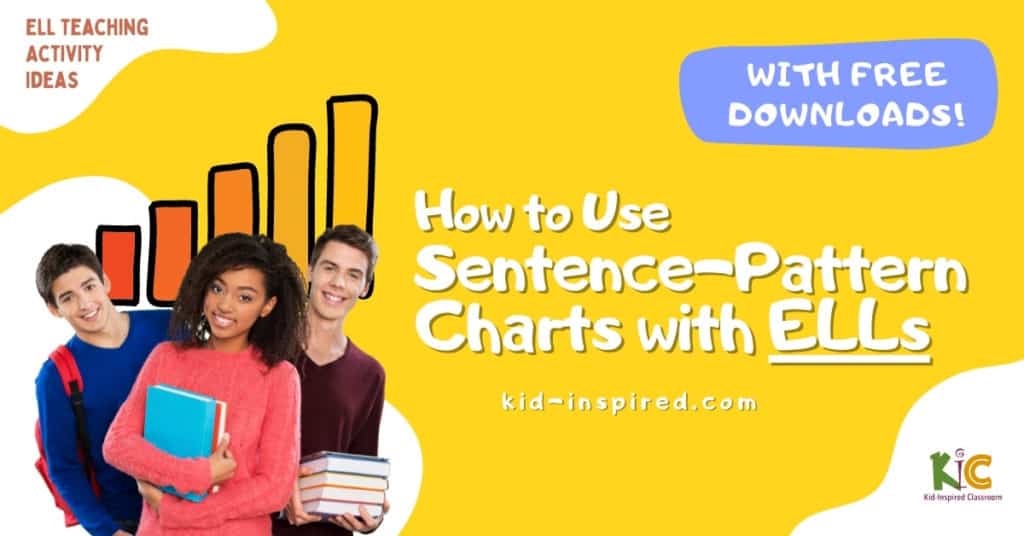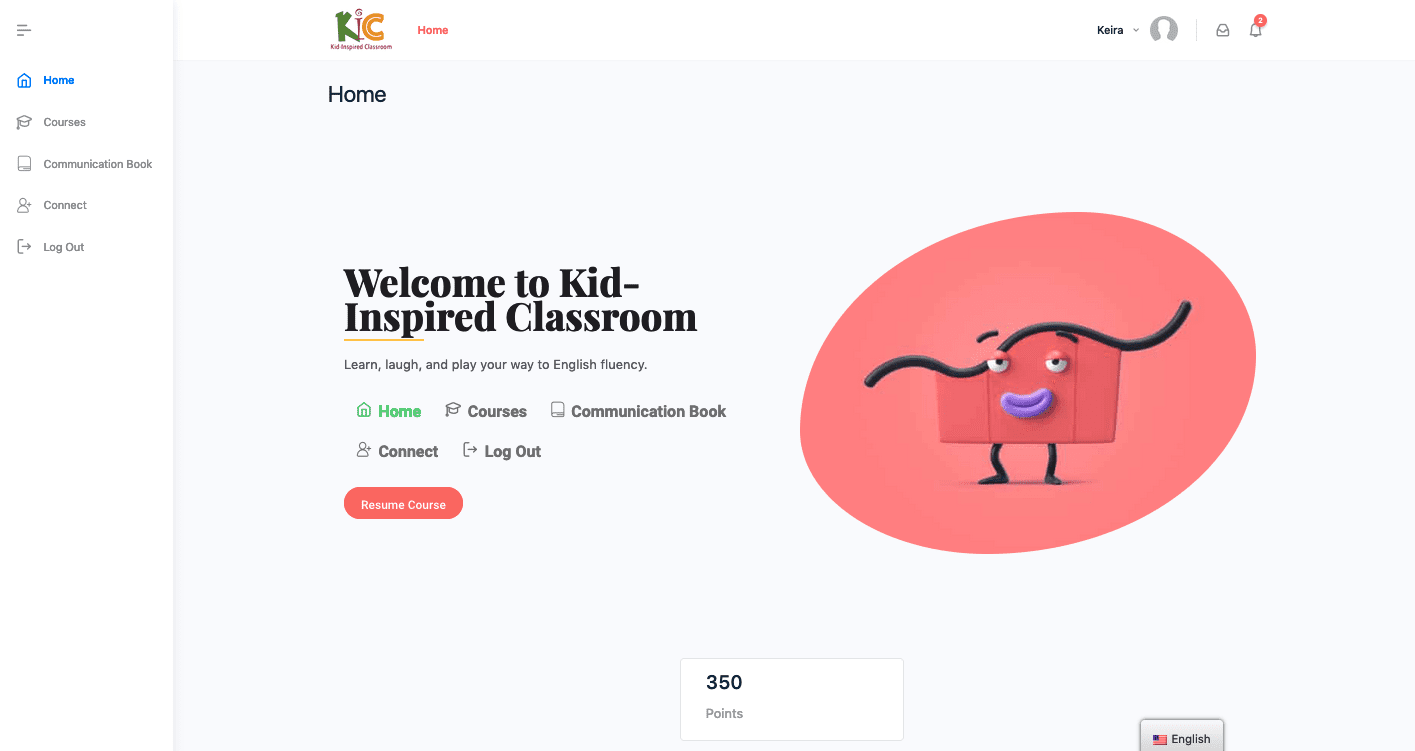
Better Reading Can Mean a Better Future
The better an ELL student reads, the better that student generally does in school.
That’s great for the students who read well, and not great for the ones who don’t.
Teaching English language learners who struggle with reading how to read can be very difficult.
Considering many teachers have students at varying levels of reading proficiency in the same class, the challenge can feel overwhelming at times.
We need to differentiate for our different students abilities, but how?
Guidelines for Reading with ELLs
If we want to be successful, there are a couple of guidelines we need to follow:
- All students need to be busy all of the time. Weak students aren’t sitting around while stronger students do all of the work. Stronger students aren’t falling asleep while weaker students struggle to catch up.
- Students have practices that are appropriate to their level. The closer we can get to Goldilocks declaration about the last bowl of soup she tasted, the better. Students are much more likely to improve when they are feeling neither overwhelmed, in the case of weaker students, nor bored, in the case of stronger students.
4 Quick Steps for Differentiating Reading with ELLs
Here are 4 quick steps to help you differentiate when teaching reading comprehension to English language learners.
1. Build on background knowledge
- Give the students a quick outline of what they are going to read and ask students what they already know about the topic.
- Note: You don’t have to spend much time on this. It helps to give students some context, but you will want to spend most of your limited time on the actual reading.
2. Break up a text into more manageable chunks
- Focus comprehension on summary paragraphs, or paragraphs of particular importance, rather than an entire passage.
- Note: Trying to understand an entire chapter is often quite daunting for ELL students, especially if it is a subject like science or math, and most ELL teachers don’t have an enormous amount of time with their pull-out students. Focus on the quality of the exercises, not the quantity. Also, students who have a good understanding of key passages will have an easier time with the rest.
3. Read to decode the words first
- Have the students read the passage once through as a class and then once through individually. Get down next to students who you know struggle in order to provide some extra help.
- Note: Many ELL students have trouble just figuring out how to sound out the words, especially those coming from countries with completely different alphabets. It is difficult to focus on the meaning of a word when you can’t even sound it out. This is where phonics and phonemic awareness become incredibly important.
4. Sort the students by ability
- Give the students a quick comprehension quiz. Ask three easy comprehension questions that require the students to write only a one-word answer on a scrap sheet of paper. Keep the pace up. Don’t worry about spelling. Don’t slow down for slower students. They are slow because they are struggling, and we will let them take their time with it in a minute.
- Go around and put a circle (🔵) on the students’ papers who get all of the answers correct and a heart (❤️) on the students’ papers who get them wrong or who don’t have anything written. You can consider making a third group out of those students who are unable to write anything, but for now, let’s focus on two groups.
- Note: Some students will be able to read and comprehend the text much more easily than others. Varying the required tasks based on ability will make your time much more efficient. If they ask, just tell them that everyone has their strengths and weaknesses and if this is hard for you, that’s OK. We will practice it so that you can get better.
5. Give each group an activity
a. Ask students with 🔵 s on their papers to do an activity that is a bit more of a challenge.
- Read the rest of the chapter. (If you were only reading a smaller portion of it.)
- Write a short summary of the material, putting it in their own words.
- Get in pairs and time each other using an analog clock or watch; then try to beat their first score on a second try to increase reading speed.
- Answer some more difficult comprehension questions.
b. Students with ❤️s on their papers should have easier challenges.
- Re-read the passage, underlining words they don’t understand and creating a picture dictionary of the words on a separate blank sheet of paper.
- Play vocabulary games in pairs to practice the words they don’t know before going at the passage again.
- Review phonics sounds found in the words from the reading passage.
- Try answering the three basic questions from earlier after working on the passage some more. Most likely, the answers will come much more easily now and you can give them high fives, good jobs, and pats on the back. They will be feeling much more confident.
There are a lot of skills needed for reading comprehension.
Reading comprehension involves a combination of factors including:
- background knowledge
- decoding skills
- vocabulary knowledge
- grammar understanding
- interest
Students need to have some background knowledge of the topic they are reading in order to understand. That background knowledge can be in their native language; It does not need to be in English.
Students need to be able to decode the words on the page. The faster students can decode words, the easier it is for them to focus on what the words mean.
Students need to understand over 90% of the vocabulary words in order to understand a text. Once they are over 90% of the words, they can usually guess the meanings of the other words they don’t know from context.
Students need to understand the sentence structures used. They need to understand the meaning carried in the grammar of each sentence and how the sentences fit together.
Students also need to be interested. They need to care about what the text means. If they don’t, they are unlikely to pull any meaning at all from the text.
English Learners Struggling with Reading
If a student is struggling with reading comprehension, you will need to find out what area (or areas) that student is struggling in order to help them. A student struggling with background or vocabulary knowledge is going to need a different approach than a student struggling to decode the words on the page.
As ELL teachers, we need to get a clear picture of what the problem is for different students and provide activities that help them improve in those areas.
A good assessment can help you get a clear picture of what students need to work on. If you don’t have one, you can download the Kid-Inspired ELL Assessment and Guide here. It will help you get a good understanding of a child’s reading ability, vocabulary, and grammar, among other things.
You can grab a set of free fluency readers for your students here.
You can sign up for the Kid-Inspired ESL Curriculum Membership here in order to get access to 1000s of resources that will help you engage your ELLs, save time, and close the gap.
